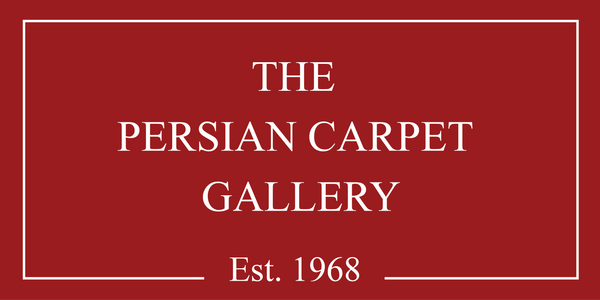Persian Oriental Contrast
Selecting the ideal rug involves a meticulous process due to the vast array of patterns, colors, and cultural inspirations available. To make an informed investment in a rug that perfectly complements your space, attention to detail is paramount. This blog explores two of the most sought-after rug types: Oriental and Persian. Renowned for their exceptional craftsmanship, beauty, and historical significance, both rug varieties share similarities, yet discerning between Persian and Oriental rugs is crucial for making the right choice.
Persian Rugs: Persian rugs epitomize refinement and history, tracing their origins back thousands of years to the ancient weaving traditions of Persia, now Iran. Celebrated for their intricate designs, superb craftsmanship, and traditional weaving techniques, Persian rugs are deeply embedded in Persian history and culture. Crafted using foolproof methods and locally sourced materials like wool or silk, Persian rugs boast rich, enduring hues derived from natural dyes extracted from plants, insects, and minerals. Each rug is a masterpiece, featuring unique motifs, symbols, and patterns reflecting the cultural identity of its place of origin, whether geometric patterns, floral designs, or borders.




Oriental Rugs: The term "Oriental rugs" encompasses a broader category originating from various Asian regions, including China, India, Turkey, and Afghanistan, and sometimes Iran. Unlike Persian rugs, which are exclusively associated with Iran, Oriental rugs draw inspiration from diverse cultural influences, resulting in an extensive array of designs, patterns, and color schemes. Like Persian rugs, Oriental rugs are often handcrafted, showcasing the artisan's skill and cultural background. They may incorporate wool, silk, or a blend of both, with dyeing techniques incorporating natural and synthetic colors, lending each rug a distinctive visual identity.




Examining Persian versus Oriental rugs elucidates their distinct characteristics in terms of design, construction, and materials. Persian rugs feature elaborate designs, traditional construction methods, and natural dyes, while Oriental rugs embrace a broader spectrum of designs, reflecting the cultural richness of the Asian continent. Understanding these disparities deepens appreciation for the craftsmanship and cultural heritage embodied in each rug, transcending mere floor coverings to become reflections of artistry and tradition.
